Market Analysis
In-depth Analysis of Construction Wearables Market Industry Landscape
The Construction Wearables Market is undergoing significant changes due to technological advancements and an increasing concern for safety and efficiency in the construction domain. There are several forces responsible for shaping up wearables for construction applications including the demand, supply side factors as well as growth prospects.
One of the key drivers behind Construction Wearables Market is rising awareness about worker’s safety at workplaces across industries where accidents have been happening lately more frequently than before with every company wanting its staff members out there safe always . Therefore , gadgets measuring things like body temperature or respiration rate have become standard requirement on any site being constructed currently . As a result, these equipment have in most cases integrated real time communication technologies that allow workers’ data to be simultaneously displayed on all sites hence empowering the management team to react quickly whenever there is need for their intervention.
Another reason why construction wearables are becoming more popular is due to the industry’s focus on efficiency and productivity. These devices also help in making construction works simpler. For example, wearable devices that have AR can provide field workers with important information, blueprints, and instructions , reducing dependence on paper-based references thereby improving total productivity of a firm while saving it from fatalities associated with operating under poor safety measures. This push for increased productivity comes at a time when timelines and budgets are tight in this sector.
Market dynamics are further influenced by the integration of Internet of Things (IoT) technology in construction wearables. With IoT-enabled devices, seamless connectivity and data exchange allows for real-time monitoring and analysis. It enhances better communication and collaboration during construction projects leading to improved decision-making as well as resource allocation. Wearable-generated data also facilitates predictive maintenance assisting construction companies early detect any problems with their machines before they breakdown or cause accidents resulting into losses.
Construction Wearables Market’s evolving regulatory landscape is another noticeable factor. In this regard, safety measures are now perceived as key in such high risk industries as construction by governments and regulatory bodies. Consequently, we have witnessed a trend towards integrating rules and guidelines that promotes or imposes the usage of wearable technologies at construction sites. As a result, the market has grown while also prompting manufacturers to come up with new solutions in order to meet these requirements.


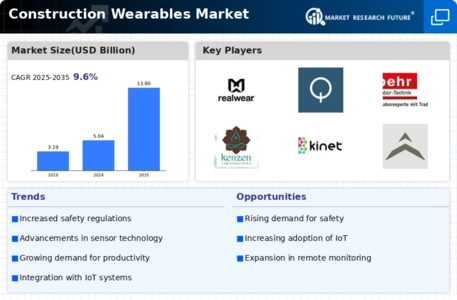
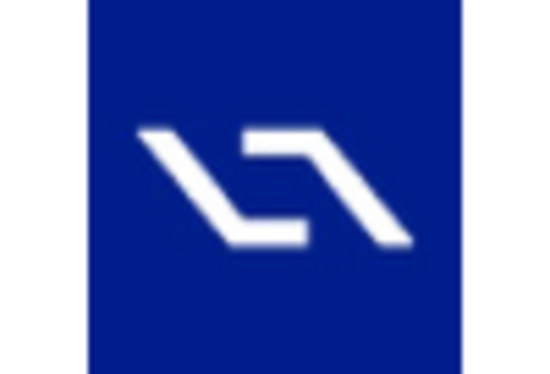
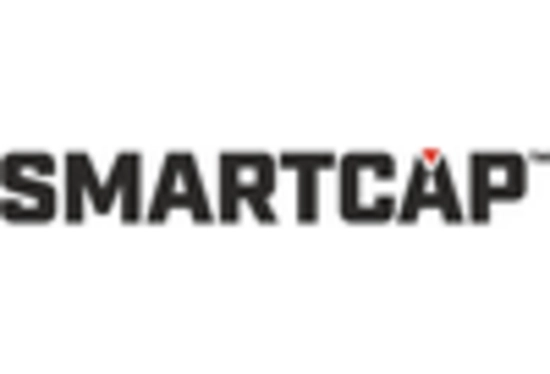
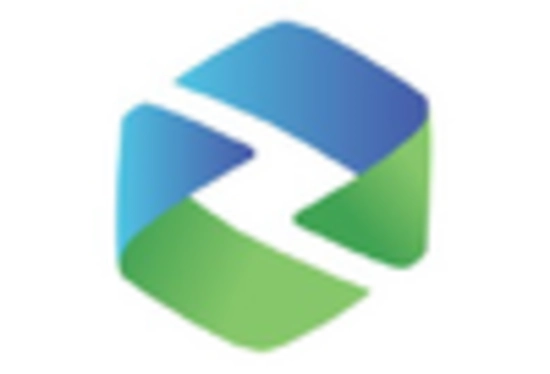
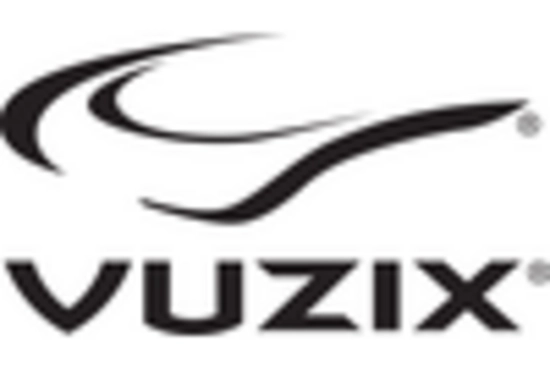
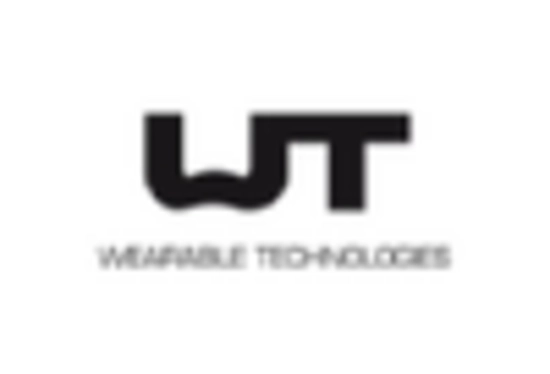
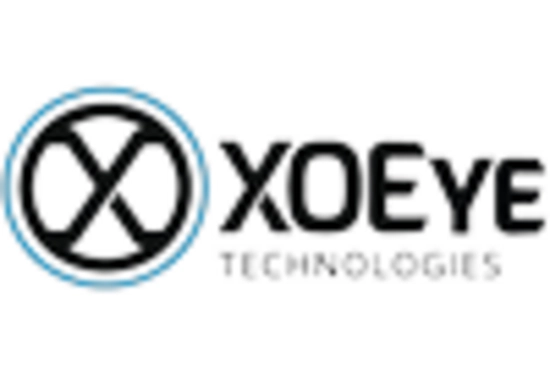









Leave a Comment